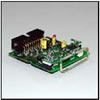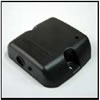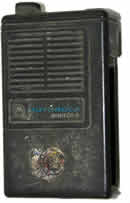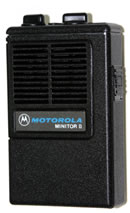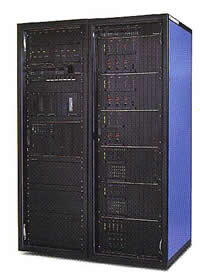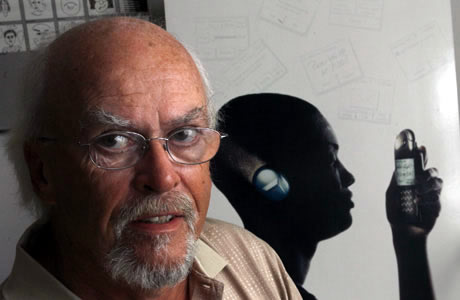Want to bone up on wireless tech? Try ham radio Abundant spectrum resources and an engaged research community are drawing wireless experimenters back into a hobby that many had forgotten. By John Edwards
October 29, 2009 06:00 AM ET
Computerworld John D. Hays, an IT manager in Edmonds, Wash., devotes most of his spare time these days to helping develop a communications system that's designed to integrate portable two-way radios with the global telephone network. The project's goal is to create a failure-proof voice communications infrastructure that can immediately connect first responders with the outside world. "Individuals with radios in the field could interconnect with the telephone system even when their cell phones are shut down by an emergency," he says. This would be useful in all manner of disasters, from natural to man-made. Hays claims his research efforts wouldn't be possible if he wasn't a licensed amateur radio operator — or "ham," the term he and his fellow hobbyists use to describe themselves. He says ham radio gives him "space and a choice of spectrum [in which] to experiment." He also values the hobby's largely self-policing regulatory structure and close-knit user community. "There are many others who would share your passion and provide [a] great opportunity for brainstorming and support," says Hays, whose ham call sign is K7VE. For IT professionals, ham radio can foster skills that are translatable into real-world wireless and wired networking applications. Hays says his hobby and profession have long been intertwined. His experimentation with TCP/IP over AX.25 (a ham-oriented data link layer protocol) on the radio in the late '70s and '80s "helped me understand the inner workings of networking protocols and the use of wireless transports," he says. "From this, I was able to write some widely read and popular internal papers on subjects such as TCP/IP over Ethernet verses token passing ring topology." | HAM RADIO AT A GLANCE | - Number of U.S. amateur radio licensees: 650,000
- Number first licensed in the past four years: 100,000
- Number estimated to be licensed in 2009: 25,000 to 30,000
Source: American Radio Relay League, Newington, Conn. |
|
More recently, Hays used his ham knowledge to implement several RF-networked warehouse management systems. "My knowledge of radio transmission, combined with networking [skills], optimized the placement of base stations and mobile units," he says. Reviving innovation
Decades ago, amateur radio operators were on the forefront of scores of technological innovations, including television, digital communications, solid-state design and cellular networks. The hobby's roots trace back to radio pioneers such as Guglielmo Marconi and FM-inventor Edwin Armstrong. But in recent years, as many potential new hams were attracted to computers, the Internet and other technologies that they could explore without passing a licensing exam, some veteran hams worried that ham radio was at risk of gradually sliding into stagnation and was perhaps even on the road toward technological irrelevance. Over time, many old-timers worried, experimenters would gradually be replaced by hams more focused on the hobby's operational aspects, such as restoring antique radios and providing communications services for community parades and other charity events. Other hams, however, believed that the hobby was actually entering a new era of innovation, one driven by the same type of people lured away from ham radio by advancing digital technologies. They reasoned that a streamlined licensing system, capped by the FCC's elimination of Morse code testing two years ago, would, over time, revitalize the hobby. This would happen by attracting technically skilled innovators who were interested in more than merely tapping a telegraph key. Whatever the reason, a budding corps of innovators is now working to restore at least some of ham radio's past glory, focusing on projects ranging from satellite construction to power-line communications to testing long-range Wi-Fi links. "Ham radio provides the broadest and most powerful wireless communications capability available to any private citizen anywhere in the world," says Allen Pitts, a spokesman for the American Radio Relay League (ARRL), a national association of ham radio operators based in Newington, Conn. Major pluses: Free radio spectrum, big transmitters and more Amateur radio license classes A look at the exams ham radio enthusiasts must pass to earn the following licenses: - Technician: 35-question multiple-choice exam for full operating privileges on all ham bands above 30 MHz and limited privileges in portions of HF amateur bands.
- General: 35-question multiple-choice exam for privileges on all ham bands above 30 MHz and most HF amateur frequencies.
- Amateur Extra: 50-question multiple-choice exam for all ham operating privileges.
|
|
For experimenters, ham radio's strongest drawing card is megahertz upon megahertz of lightly used (sometimes virtually unused) radio spectrum at key locations in the LF, HF, VHF, UHF and SHF bands and beyond. Unlike their commercial counterparts, hams are free to use any of these frequencies for experimental purposes without any government authorization other than the ham license itself. "Don't underestimate the value of these frequencies — they could fetch hundreds of millions of dollars if sold," says Hays, who views the bands as a "national resource," useful for both experimental and disaster-related communications activities. Beyond gaining access to enough radio spectrum space to conduct their experiments in relative peace and privacy, hams can also legally use transmitters with power levels of up to 1.5 kilowatts. "That's comparable to a small AM broadcast station," Pitts says. A high-power transmitter comes in handy for applications like bouncing a radio signal off of Venus (as a group of German hams did earlier this year) or for skipping signals off of the ionosphere to communicate with someone on the other side or the world without the help of the Internet. Technician exam sample question What is meant by receiver front-end overload? - A. Too much voltage from the power supply
- B. Too much current from the power supply
- C. Interference caused by strong signals from a nearby source
- D. Interference caused by turning the volume up too high
Correct answer: C |
|
Although radio amateurs have long battled local governments and homeowners' associations over the right to erect antennas in their yards, a recent FCC ruling now requires planning authorities to "reasonably accommodate" a ham's need to erect the large antennas that are useful for satellite communications, radio astronomy and other types of weak-signal radio applications, as well as long-distance terrestrial communications. Testing, testing
Yet aspiring hams still face the challenge of passing one or more written tests, depending on the class of license they are seeking. Those exams cover both technical and regulatory subjects. The entry-level Technician-class license, which provides access to nearly all VHF and higher frequencies, requires applicants to pass a 35-question, multiple-choice test. "While not difficult, it does require several hours of reading and study," Pitts says. "This initial test is designed to be sure that new licensees understand the service, can operate competently without causing disruption to others, and have a basic knowledge of the rules and capabilities of ham radio." Two higher-level licenses — General and Amateur Extra — require applicants to demonstrate progressively greater knowledge and understanding of technical and regulatory issues in exchange for access to more frequencies. The downside to using ham frequencies for wireless experimentation include an FCC rule prohibiting encryption that hides the meaning of a transmission, bandwidth limits on some modes and frequencies, and the hobby's strictly noncommercial nature. "No pecuniary benefit can arise out of communication you are engaged [in] on the air," says Hays, who believes that the advantages far outweigh the drawbacks. Skill building
Experimenters are using ham radio as a way to pioneer an array of new technologies as well as to refine many existing products and services. One popular activity, Pitts says, is testing Wi-Fi's distance boundaries. "A number of consumer-grade wireless network routers share frequencies with amateur radio," he says. "With an amateur radio license, you can legally couple amplifiers to these routers and, with gain antennas, extend their range to cover several miles or more." Pitts notes that hams have used these techniques to create experimental high-speed wireless networks that encompass entire cities. Meanwhile, at the U.S. Naval Academy, midshipmen hams are in the process of sending a series of small communications satellites into orbit with the help of NASA. The project's goal is to develop a low-cost orbital platform for flying various types of scientific instruments into space. General exam sample question What signal(s) would be found at the output of a properly adjusted balanced modulator? - A. Both upper and lower sidebands
- B. Either upper or lower sideband, but not both
- C. Both upper and lower sidebands and the carrier
- D. The modulating signal and the un-modulated carrier
Correct answer: A |
|
Richard Campbell, an associate professor of computer and electrical engineering at Portland State University in Oregon, says ham radio helps him turn theoretical concepts into reality. Campbell, licensed as KK7B, is currently working on projects that are designed to add digital communications capabilities to the national power grid and to create remote sensors for use with ocean wave power generators. "Amateur radio serves as the testbed for new ideas I like to play around with before looking for commercial applications," he says. "Much of what I am experimenting with at the moment will likely end up in low-power wireless networks, such as the smart grid." Over the years, many hams have parlayed their radio experimentation into lucrative and even distinguished professional careers. Joe Taylor, licensed as K1JT, says the years he spent tinkering with radios led him into his current post as a Princeton University physics professor. "My practical knowledge of RF techniques, built up over years of enthusiastic pursuit of many amateur radio goals, turned out to be very useful when choosing and designing specialized equipment for unique studies of pulsars and other astrophysical objects," he says. In 1993, Taylor was awarded the Nobel Prize in Physics for the co-discovery of a new type of pulsar. 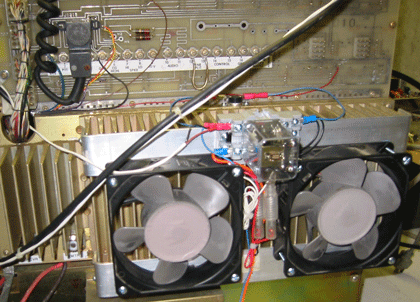
A homebrew cooling system on the back of a (former) FARA repeater, devised by ham Peter Simpson. Courtesy: Peter Simpson |
No formal training needed
As it has since its earliest days, the hobby also continues to attract experimenters without any formal electronics training. Many of these people "homebrew" their own radios and accessories, building equipment from components obtained commercially, collected through purchases or trades with fellow homebrewers or even painstakingly crafted by hand. Bill Meara, a diplomat stationed at the U.S. embassy in Rome, experiments with bare-bones radio technologies. "I am tinkering with one of the simplest possible high-frequency radio transceivers — it uses just one transistor," he says. The single sliver of silicon serves as both a transmitter and receiver. "In an age in which we use chips with millions of transistors inside, I kind of like the idea of going minimalist," he says. Meara, who hosts SolderSmoke, a podcast targeted at electronics hobbyists, recently wrote a book on his life as a radio experimenter. He feels that ham radio gives amateur researchers like himself easy access to professional-level support resources, ranging from technical discussion groups to international meetings. Extra exam sample question What is the purpose of Q1 in the circuit shown in the figure below? - A. It provides negative feed back to improve regulation
- B. It Provides a constant load for the voltage source
- C. It increases the current-handling capability of the regulator
- D. It provides D1 with current
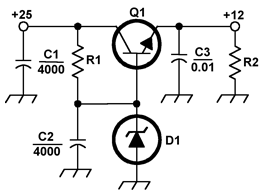
(Correct answer: C) |
|
On the flip side, the hobby provides science and engineering professionals with an opportunity to test ideas in a low-key environment. "It offers [them] the chance to legally play with some of the most cutting-edge technologies available today... without any of the pressure that may come with professional, on-the-job experimentation," Meara says. Looking ahead
Amateur radio isn't likely to ever recapture the grip it held on the technology industry from the 1950s through the 1970s, when it seemed that virtually everyone in electronics design and the technical end of radio held a ham license. For his part, Campbell feels that even a modest return to ham radio's experimental roots would be a good thing. "We just celebrated the 40th anniversary of Apollo 11; maybe the past isn't such a bad place to think about." Meara believes that radio experimenters need to take a second look at ham radio and consider the changes it's undergoing. "Some of the most important discoveries in radio came from ham radio home laboratories," he says. "There is no reason this tradition can't be continued into our new age of wireless." John Edwards, a freelance technology writer located near Phoenix, has been a ham since 1976. His call sign is W6JE. | 










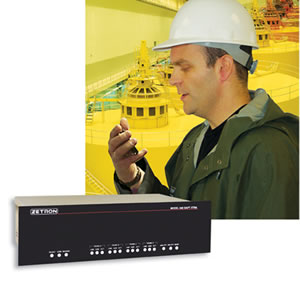 The Model 640 DAPT-XTRA Paging Terminal is a cost effective solution for small to medium-sized systems and private organizations offering a paging service based on bureau-type operator paging and/or direct telephone access. The 640 supports up to 1,500 users with up to 4 telephone lines. It also supports voice paging, voice prompts, talkback paging, and alphanumeric paging.
The Model 640 DAPT-XTRA Paging Terminal is a cost effective solution for small to medium-sized systems and private organizations offering a paging service based on bureau-type operator paging and/or direct telephone access. The 640 supports up to 1,500 users with up to 4 telephone lines. It also supports voice paging, voice prompts, talkback paging, and alphanumeric paging.  Zetron's Remote Monitoring equipment provides monitoring and notification of unusual conditions and status changes. Messages are automatically transmitted over a radio or a public address system. Notification can be sent via speaker or radio announcement, telephone, cellular phone, or paging.
Zetron's Remote Monitoring equipment provides monitoring and notification of unusual conditions and status changes. Messages are automatically transmitted over a radio or a public address system. Notification can be sent via speaker or radio announcement, telephone, cellular phone, or paging. 

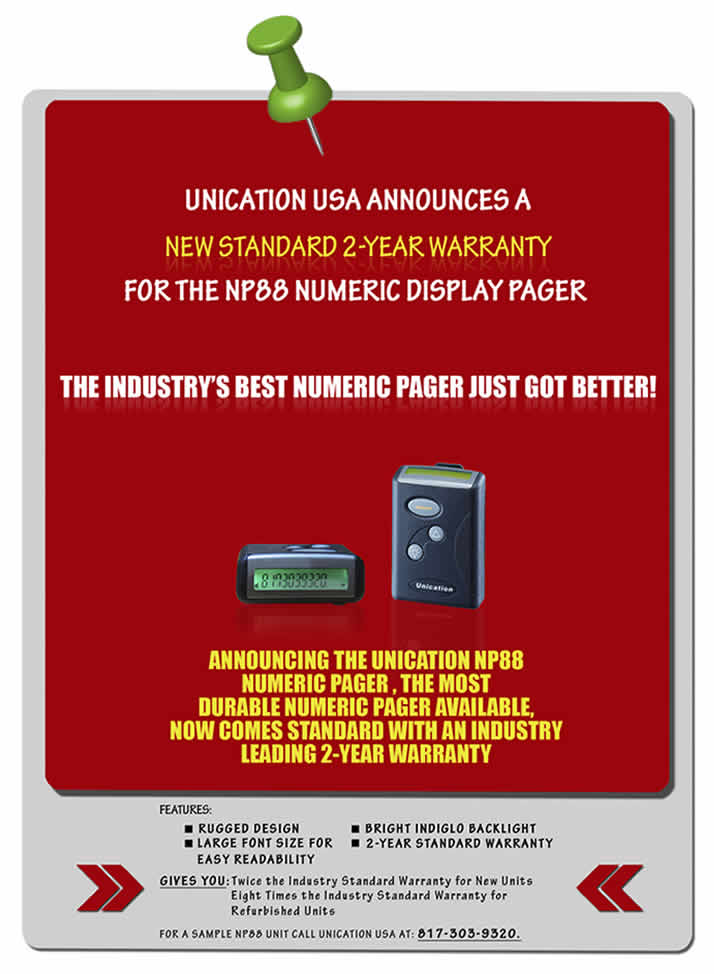




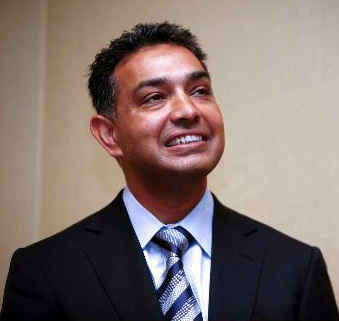 Nov. 12 (Bloomberg) — Forty years after making the radio that Neil Armstrong used to speak the first words from the moon, Motorola Inc. may be considering a return to its roots, paring back the company to its most profitable unit.
Nov. 12 (Bloomberg) — Forty years after making the radio that Neil Armstrong used to speak the first words from the moon, Motorola Inc. may be considering a return to its roots, paring back the company to its most profitable unit.








